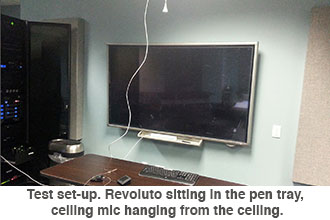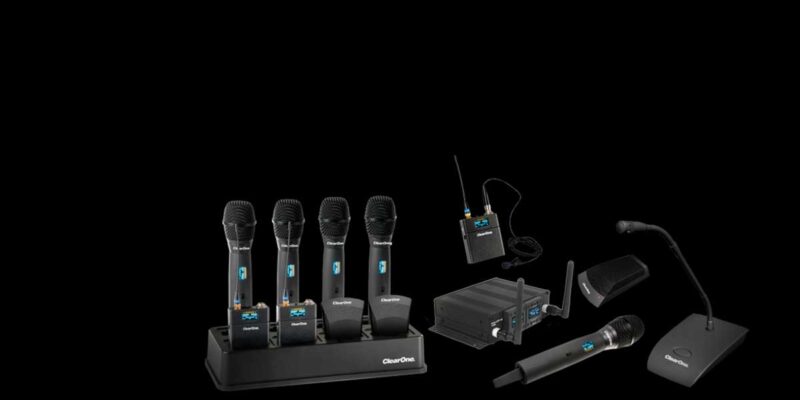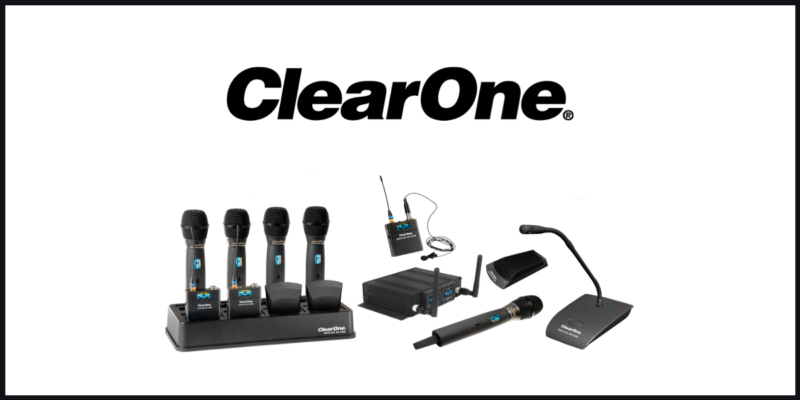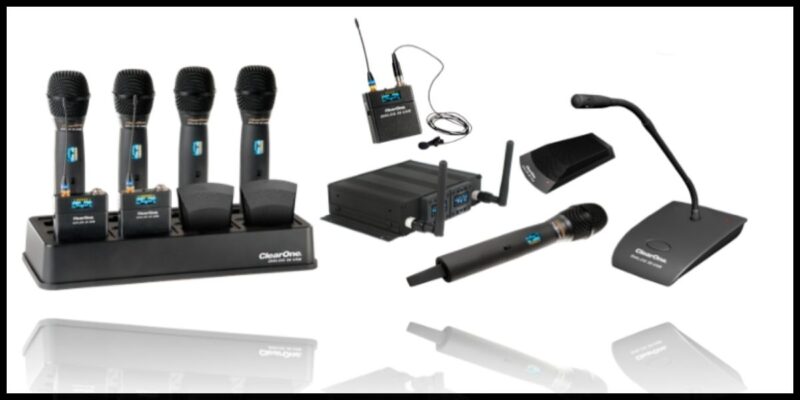In Praise of Analog — A Visit With the Beyerdynamic Revoluto
Digital is fun. Digital is sexy. Digital is what gives us the tools to manipulate sound and video in ways which would have been impossible not too long ago. Today video switchers are digital. Audio mixing consoles are digital. Fancy speaker arrays and even mic arrays are digital. The world is so digital that it becomes easy to forget that the world is, at its core, analog and that, especially in the case of audio, the analog can be the most important. With this in mind,
(Aside: I am aware that the world might, in fact, not be analog. The hypothesis of quantization holds that increases in any entity – be it matter or energy – is by a multiple of discrete smallest increases, or quanta. This means that the universe is, as we measure things, digital – albeit with a very high sample rate and quite a few bits of precision. Some have taken this a step farther and hypothesized that all which we see is a digital simulation running on some form of computer in a parent universe. This has very little impact on audio processing, so we can all go back to pretending that we live in a real, analog universe with no antecedents. End of aside).
Microphones and Microphones
Last year we had a nice visit with the ClearOne Beamforming ceiling microphone. This remains an impressive piece of technology, but one with the inherent limitation of a need to be paired with an associated digital processing device. It is a very nice device, but at a very high cost. Is there another way to create a microphone array? Would I even be asking the rhetorical question if there wasn’t?
 German microphone manufacturer Beyerdynamic thinks that there is. One of their flagship products – the Revoluto – consists of seventeen microphone elements on a curved circuit board with analog summing elements. Nothing else. No digital processing, no magic. Just analog signals added together to create a single mic-level output. Beyerdynamic appears quite proud of this project, and has been adding “Revoluto technology” to its line of delegate mics.
German microphone manufacturer Beyerdynamic thinks that there is. One of their flagship products – the Revoluto – consists of seventeen microphone elements on a curved circuit board with analog summing elements. Nothing else. No digital processing, no magic. Just analog signals added together to create a single mic-level output. Beyerdynamic appears quite proud of this project, and has been adding “Revoluto technology” to its line of delegate mics.
As there are really few better ways to engage my skepticism than to make up a word and then promise the made-up-word technology in other products, I was glad to get my hands on a Revoluto and play with it. No, this won’t be a product review and I didn’t perform rigorous, technical measurements on it (what was the fate of our demo Revoluto? See here, on ExpresSHENs).
What I can say about it is this: it gives very clear voice reproduction at a surprising distance, with pick-up dropping off sharply as sources move off-axis. This makes it an especially interesting choice for huddle spaces in noisy rooms, assuming the noise sources are off-axis from talkers.
Does it actually work? On one simple set of tests (detailed above), the mic array certainly seems to perform as Beyerdynamic claims that it does. I didn’t test it rigorously or thoroughly enough for a formal review or product comparison, but in a quick and basic setup it did a far better job than an analog ceiling microphone of rejecting the noise from an adjacent equipment rack full of noisy AV gear.
Overall, it’s an interesting product and a nice reminder that thoughtfully crafted analog devices still have a very important place in our digital world.





